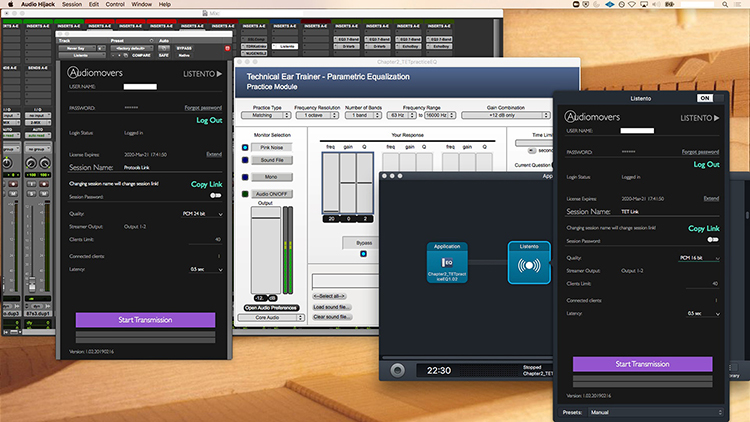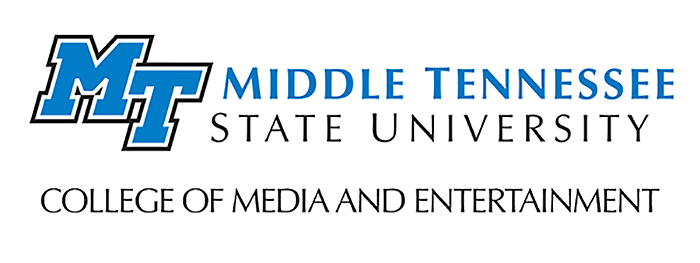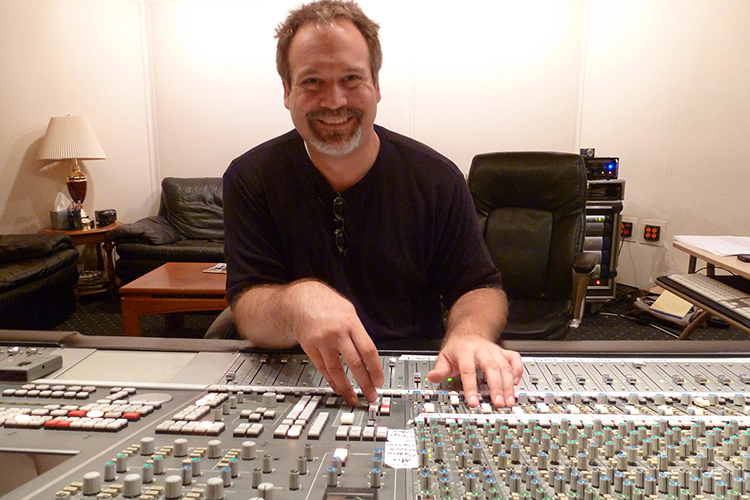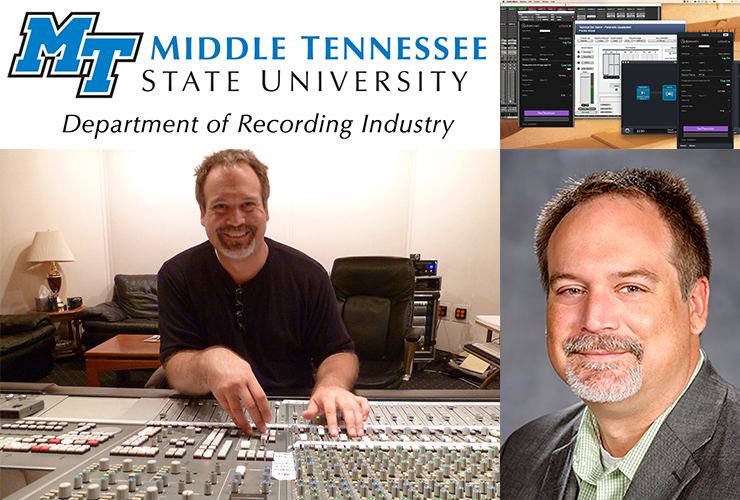How does an instructor continue a college class that requires demonstration of audio listening ability when students can’t be present together in class?

Michael Hanson
Michael Hanson, an assistant professor of audio production, and Jill Courtney, a doctoral student at Franklin University in Columbus, Ohio, found a way as the COVID-19 pandemic prompted a rapid switch to universal cyberspace learning at MTSU.
“The goal is for me to train their hearing and test their listening abilities,” Hanson said about his critical listening class in the Department of Recording Industry.
So what computer programs would enable students to listen to audio for nuanced differences in production quality?
Communicating with the students through Zoom with both audio and video features enables Hanson to make what he calls his “crazy hand gestures” as he teaches. However, Zoom itself does not provide sufficient audio quality for students to discern what they’re actually hearing in digital audio files.

This screen grab displays the wide array of windows students in Michael Hanson’s digitally revised Critical Thinking classes can see on their monitors. From left, a ProTools mixing board; the Listento plugin with a link to ProTools; Technical Ear Trainer software; Audio Hijack, which allows students who cannot download Listento to grab programs; and a Listento plugin with a link to Technical Ear Trainer. (Image submitted)
Using a laptop, a digital audio workstation and a critical plugin called Listento, Hanson fashioned the methodology that would enable him to continue teaching three sections of about 20 students each as the Spring 2020 semester continues. Each student enrolled in the class is required to have a pair of top-quality headphones to facilitate listening.
 Hanson sees a possible educational benefit to the reconfiguration of his classes. The process allows for students to work on their core exam several times until they are ready to submit their work in an online cloud.
Hanson sees a possible educational benefit to the reconfiguration of his classes. The process allows for students to work on their core exam several times until they are ready to submit their work in an online cloud.
“If they don’t like their score, they can click a button, reset the counter and start all over again,” Hanson said.
If there are any snags in the system, they are periodic slow spells and outages due to varying degrees of internet connectivity depending on where each student happens to be while in the virtual class. Even so, Hanson said his students seem to be pleased.
“They’re happy they can still hear everything they have to hear,” Hanson said.
For more information on the redesigned critical listening course, contact Hanson at michael.hanson@mtsu.edu.
The Department of Recording Industry is housed within the MTSU College of Media and Entertainment.
— Gina Logue (gina.logue@mtsu.edu)

Michael Hanson, an assistant professor of audio production, uses a professional board with multiple audio inputs when he teaches production classes at MTSU. The device is not needed in Hanson’s Critical Thinking class, which concentrates on learning how to listen for various audio qualities. (Photo submitted)


COMMENTS ARE OFF THIS POST